The archaeologists kept on digging and found the entrance to a secret cave. The cave held seven skeletons who were thought to belong to high priests since they were buried with precious objects and jade face masks, which were often worn by priests. The cave is not open to the public but it must look really cool.
7 Comments
12/11/2017 10:57:42 pm
Wonderful information, I had come to know about your blog from my friend, And let me tell you, your website gives the best and the most interesting information.
Reply
11/2/2018 09:13:20 am
Travelling with family is always the best because you get to go on adventures with people who matter to you the most. Every year, my family and I make sure that we get to travel. No matter how busy we get, we make time for our family because we grew up so close to one another. During these family trips, our bond becomes stronger and we get to know more about each other. I suggest you do the same with your family because it is a good way to keep your relationship strong and intact.
Reply
10/4/2018 06:42:07 am
Wonderful information, thanks a lot for sharing kind of information. Your website gives the best and the most interesting information. Thanks a ton once again, Regards, Classy Green Painting Services Dubai at http://www.classybmuae.com <a href="http://www.classybmuae.com/building-maintenance-services-dubai/painting-services/">Painting Services in Dubai</a> <a href="http://www.classybmuae.com/building-maintenance-services-dubai/painting-services/">Dubai Painting Service</a>
Reply
11/13/2018 08:03:44 am
Awesome article.. It explained very well in detail..
Reply
11/16/2018 07:48:50 am
Wow! Thanks for posting the great information, your website gives the right and nice info.
Reply
11/22/2018 08:37:12 am
I have been looking for this type of informational website, thank you to the Admin for posting such a nice and needful article.
Reply
Leave a Reply. |
AuthorGrant Archives
April 2016
Categories |

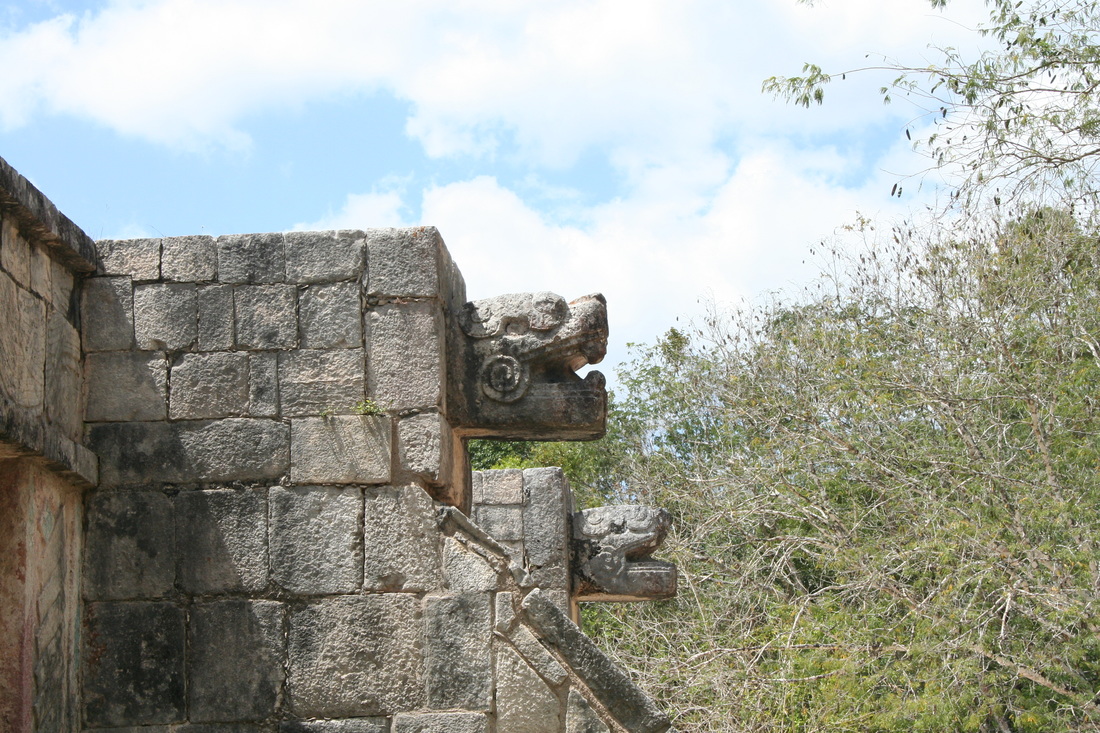
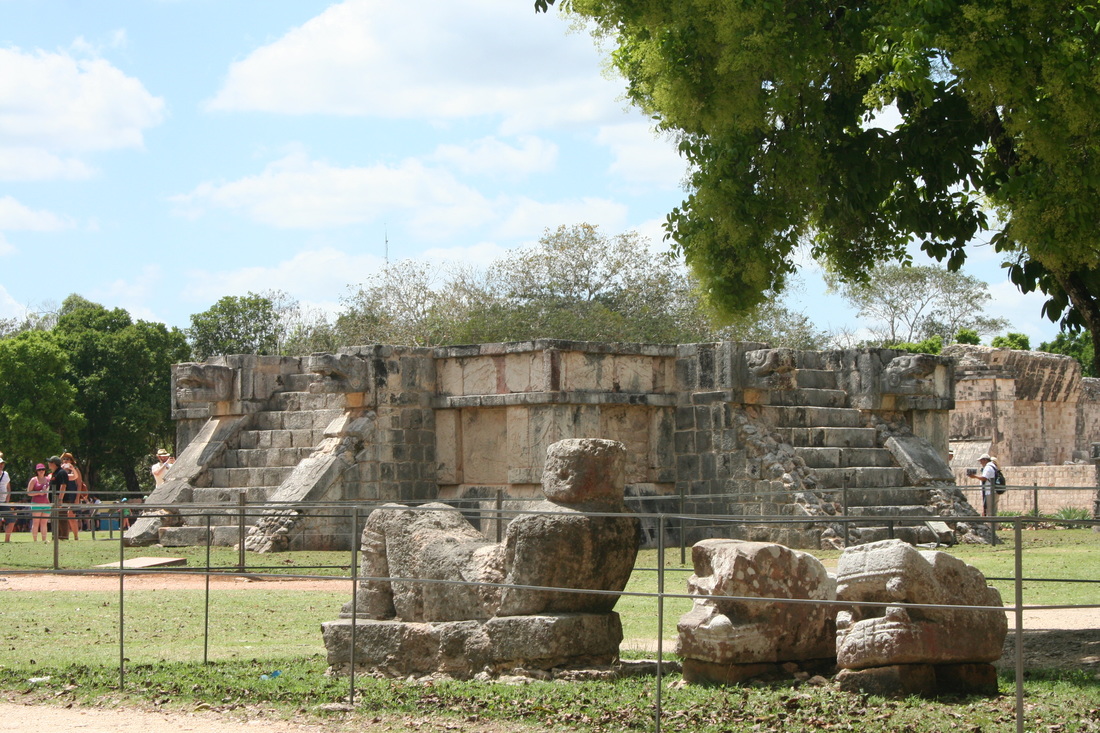
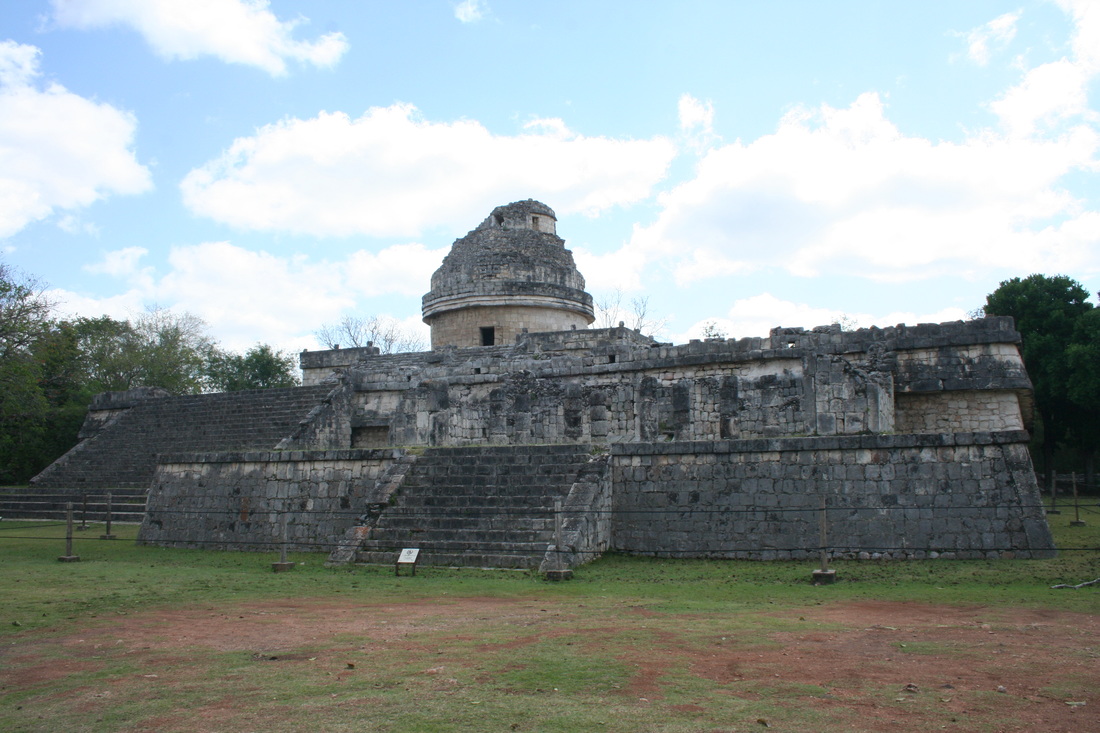
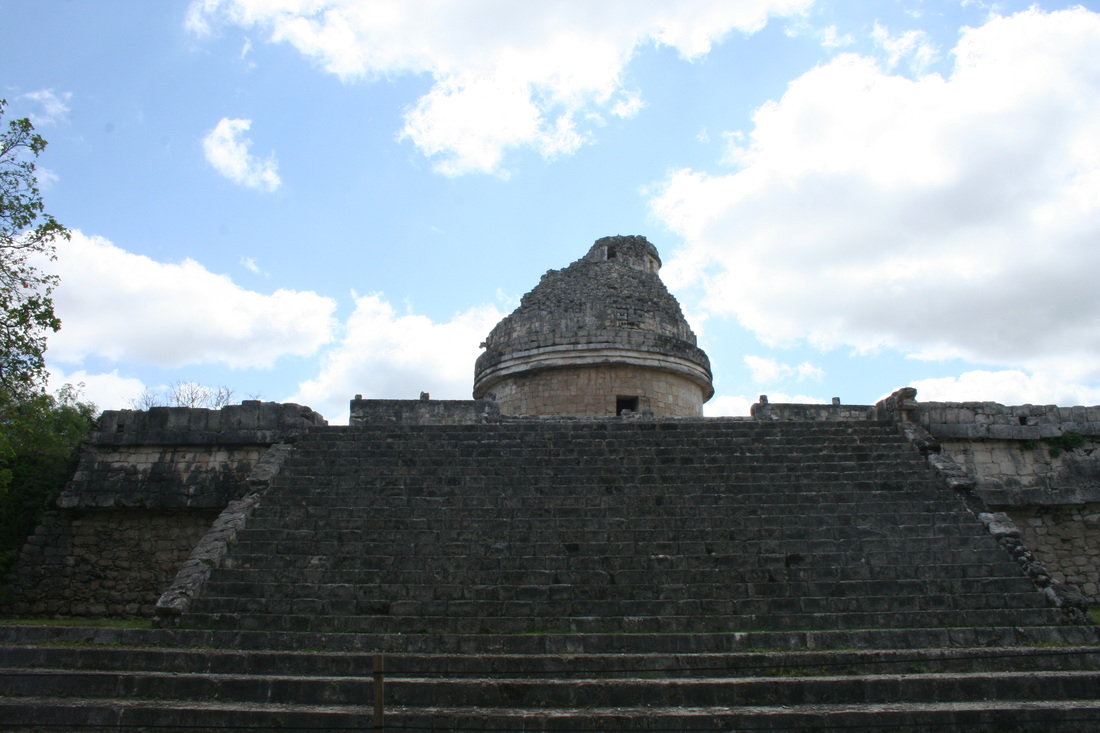
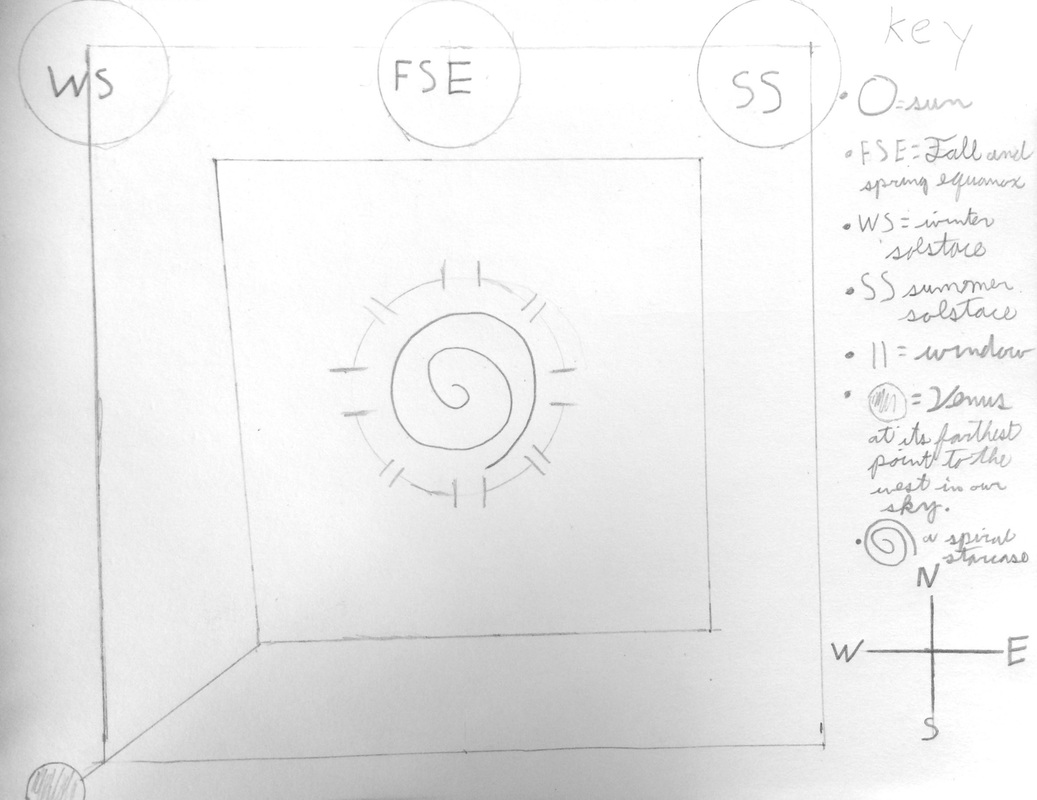
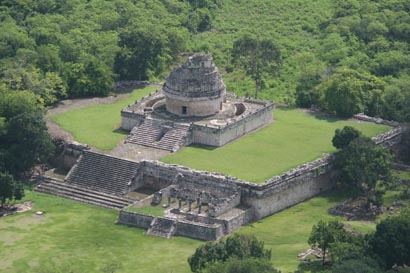
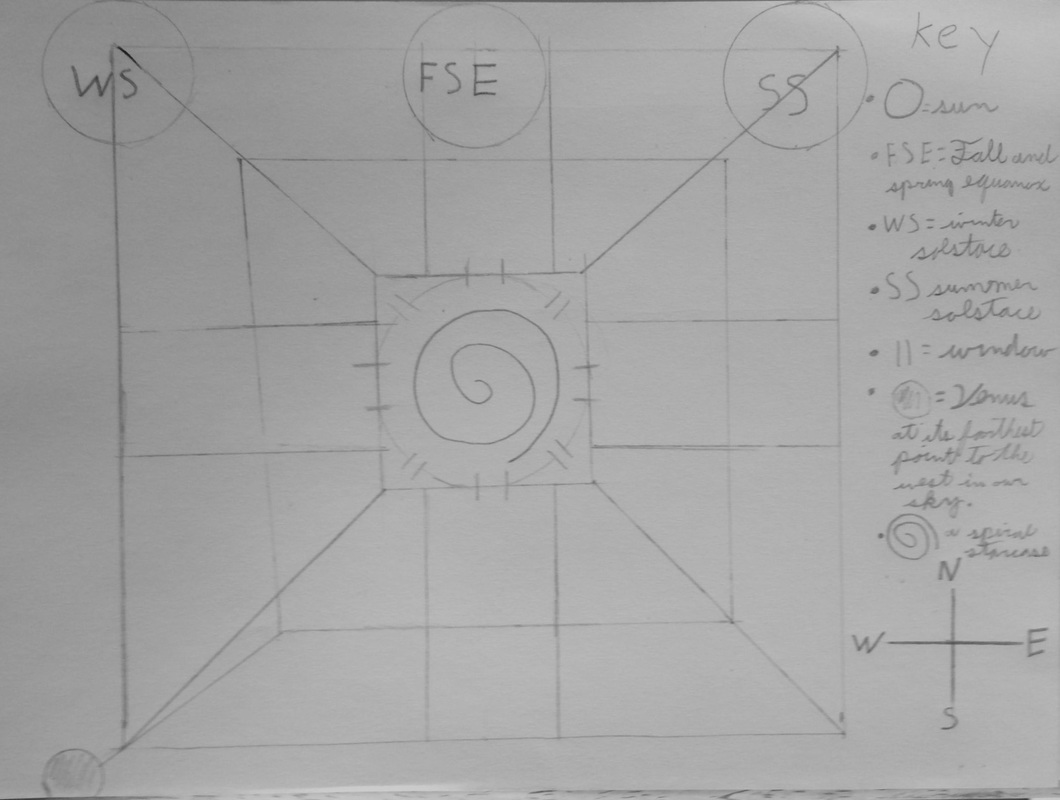
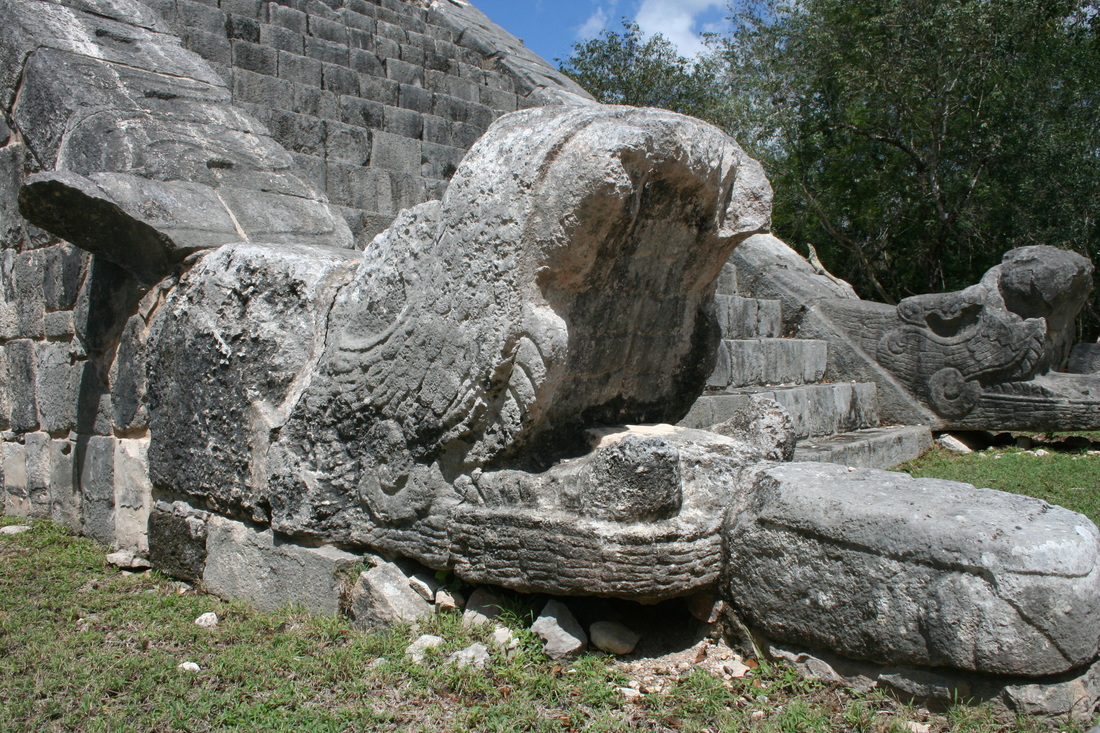
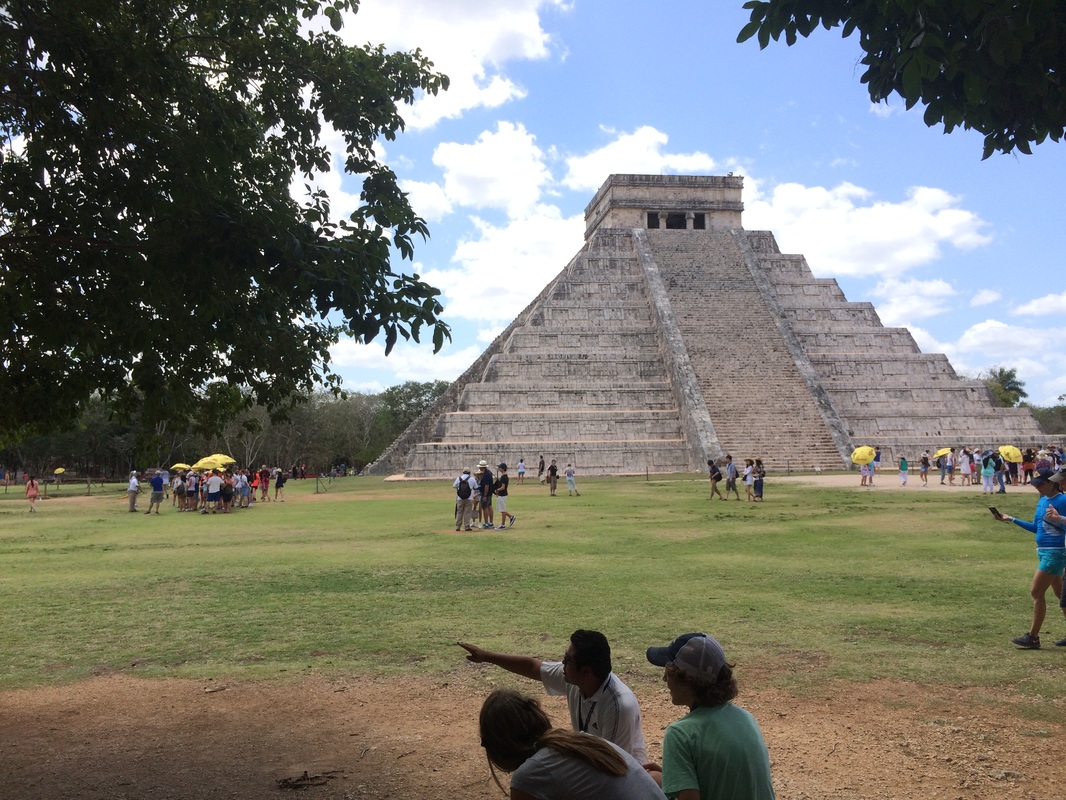
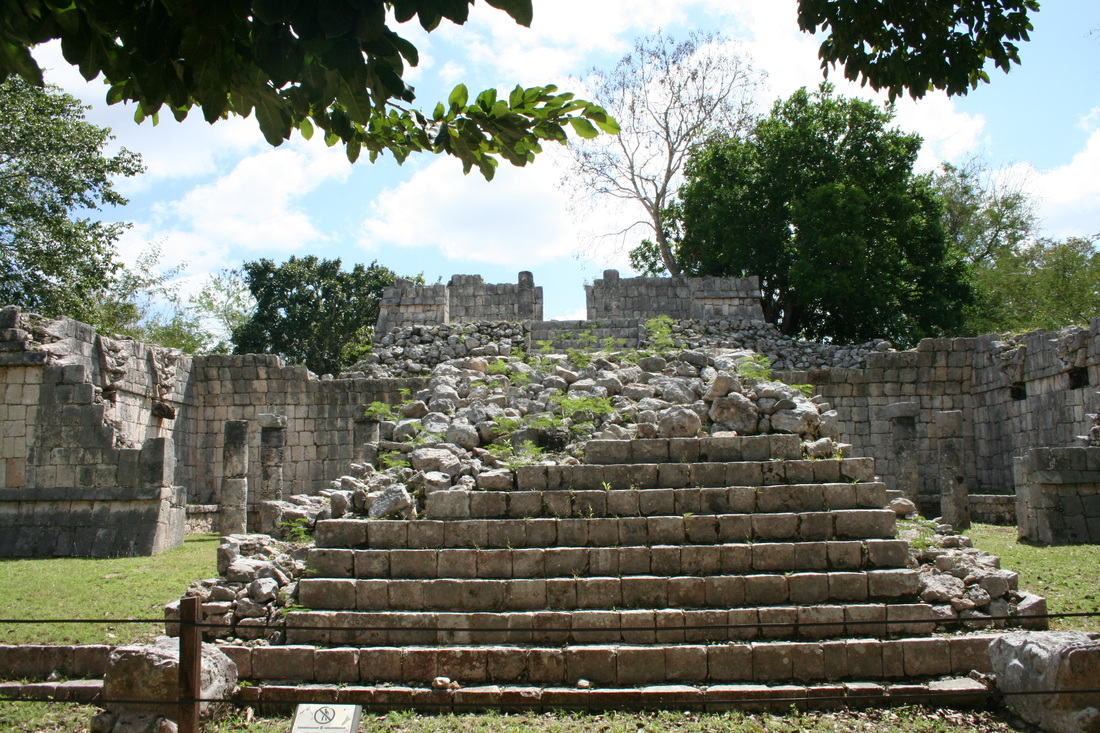
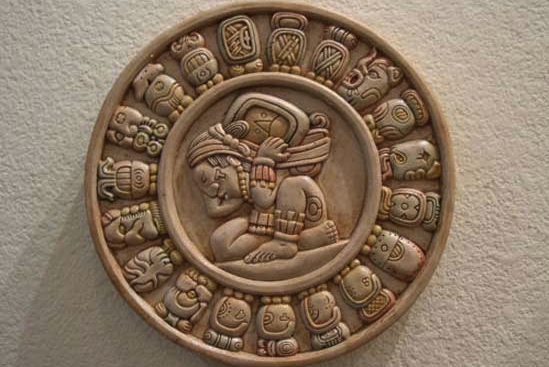

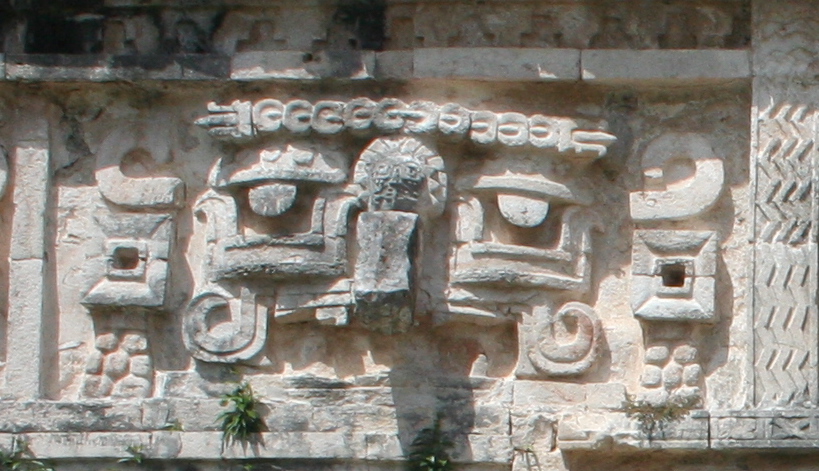
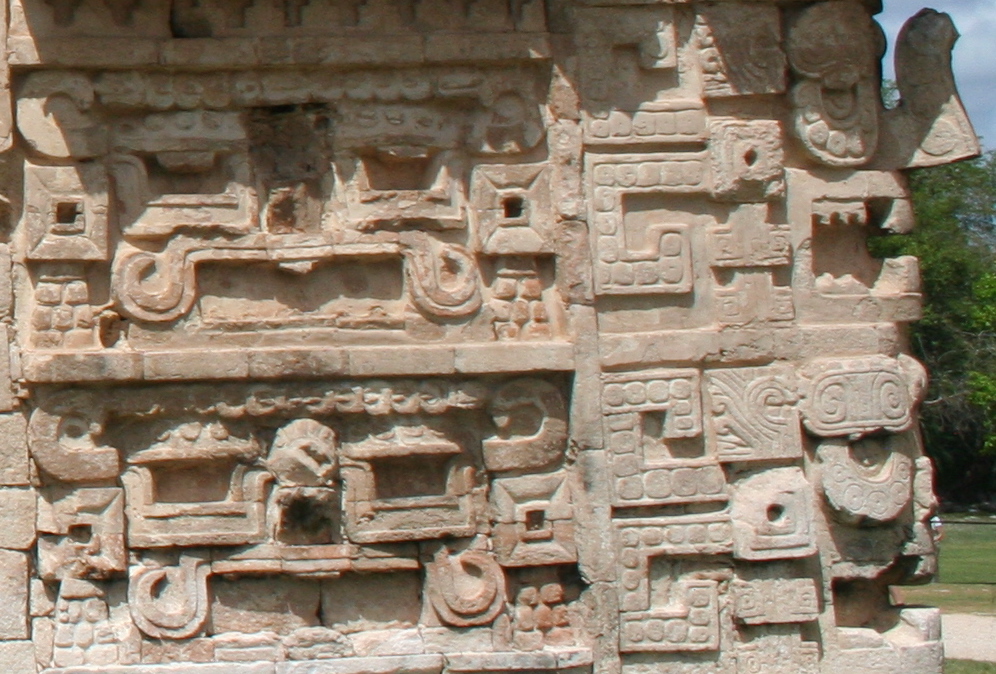
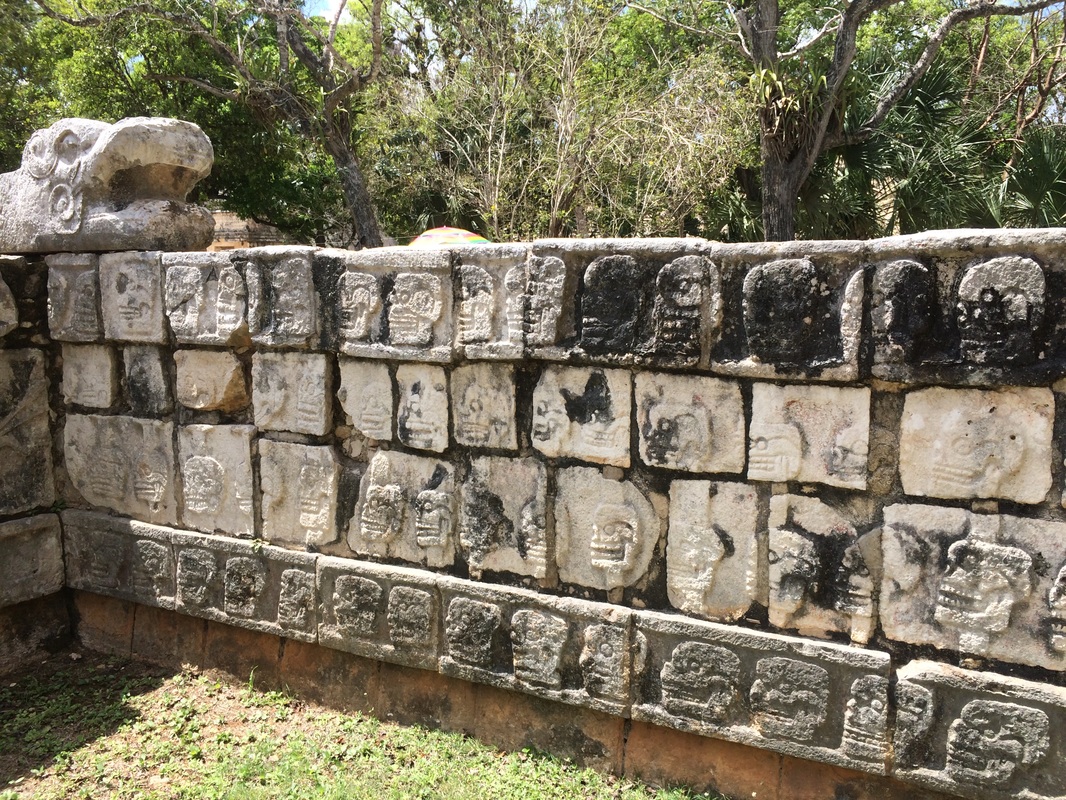
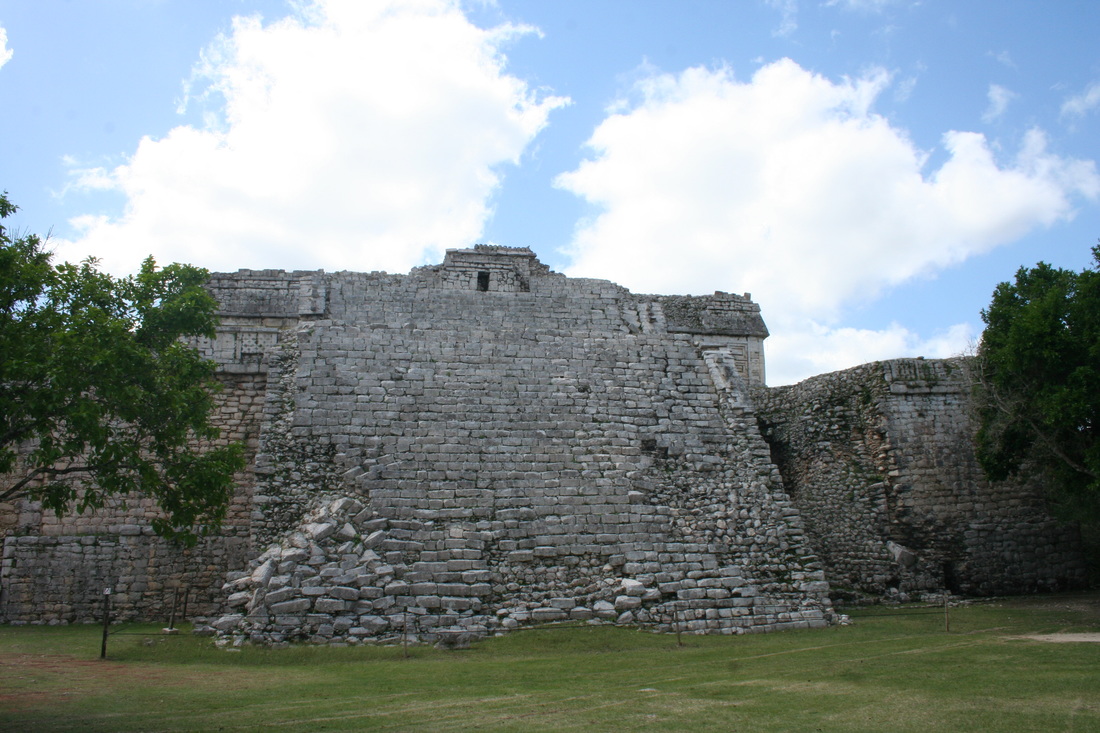

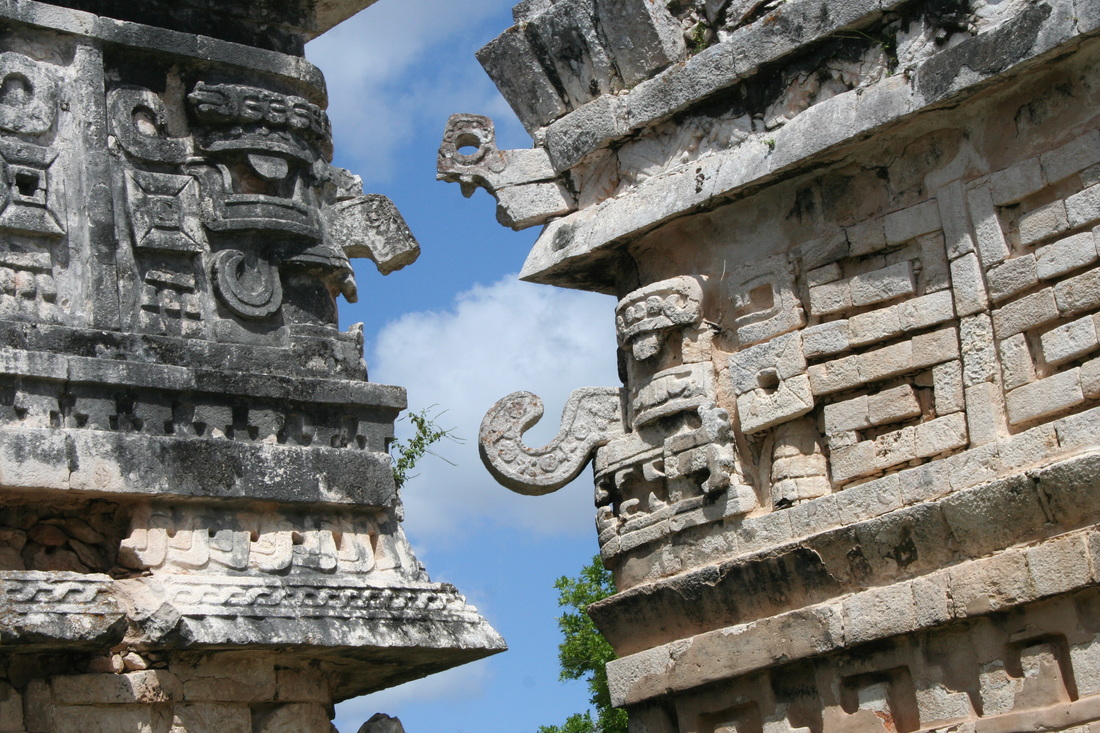



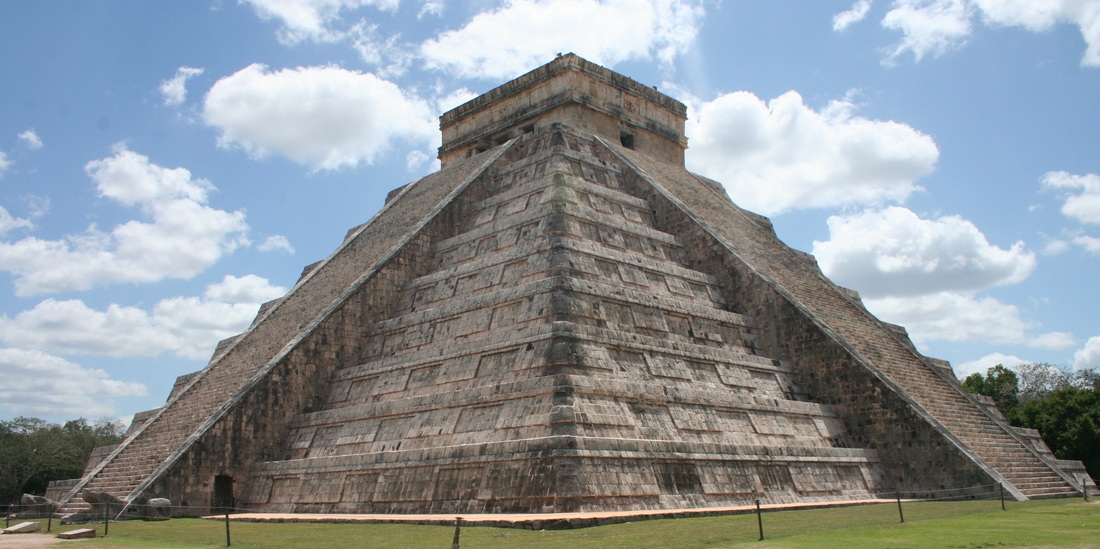
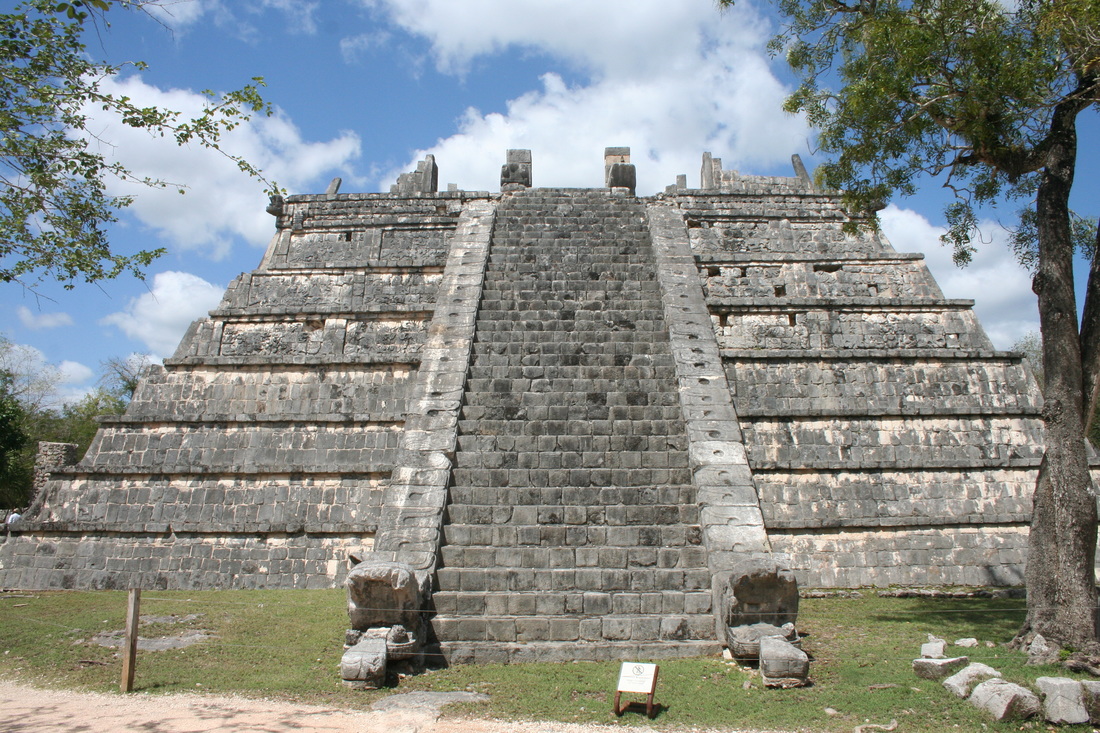
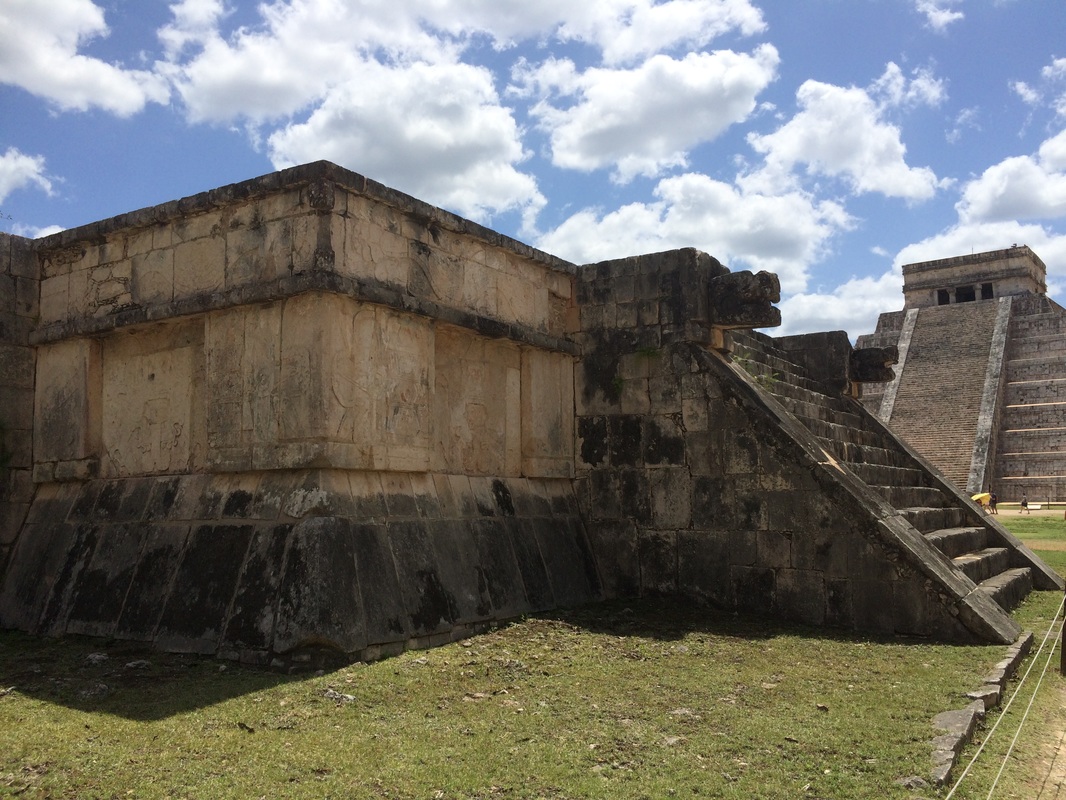

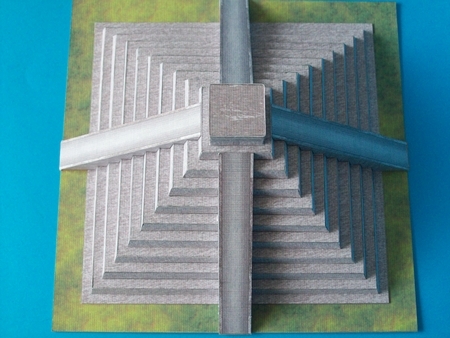
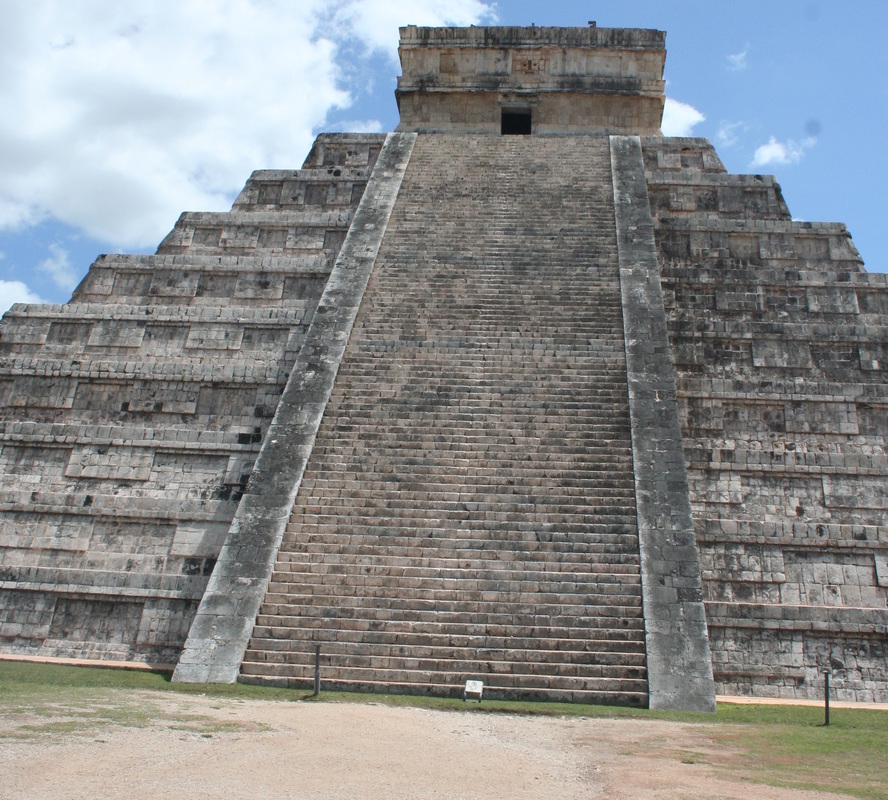
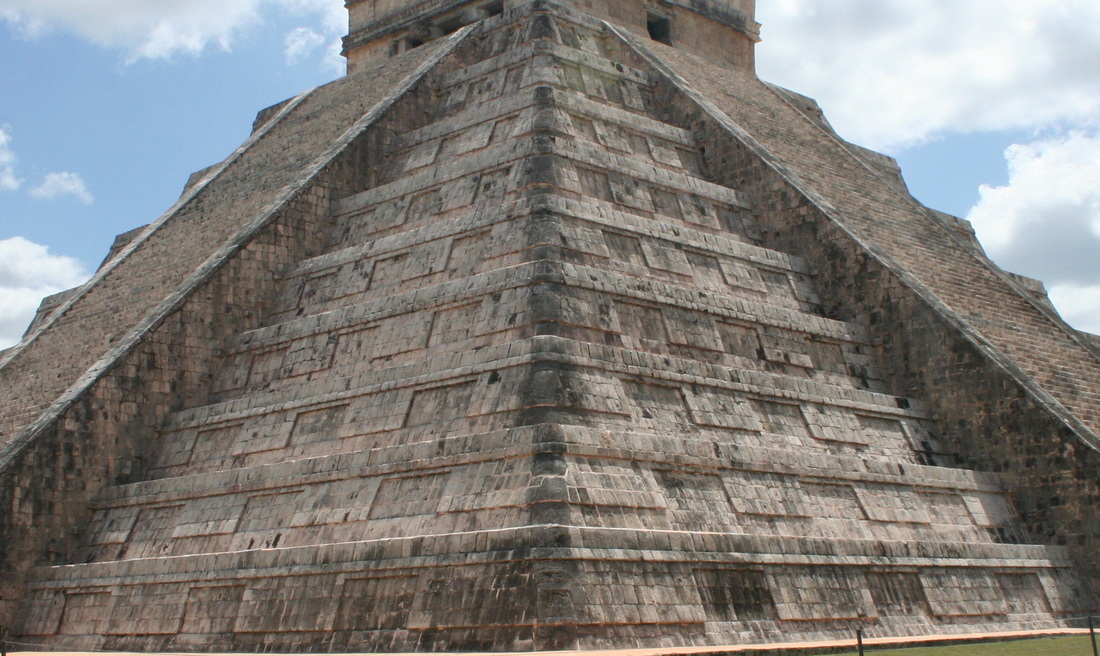

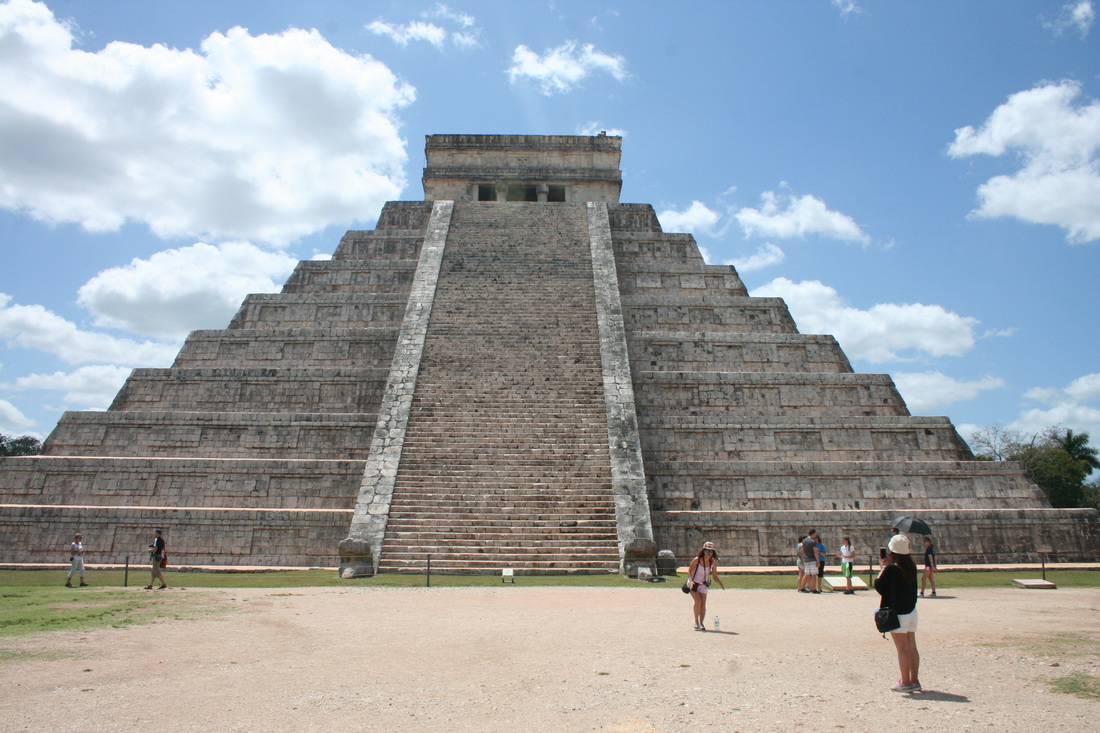
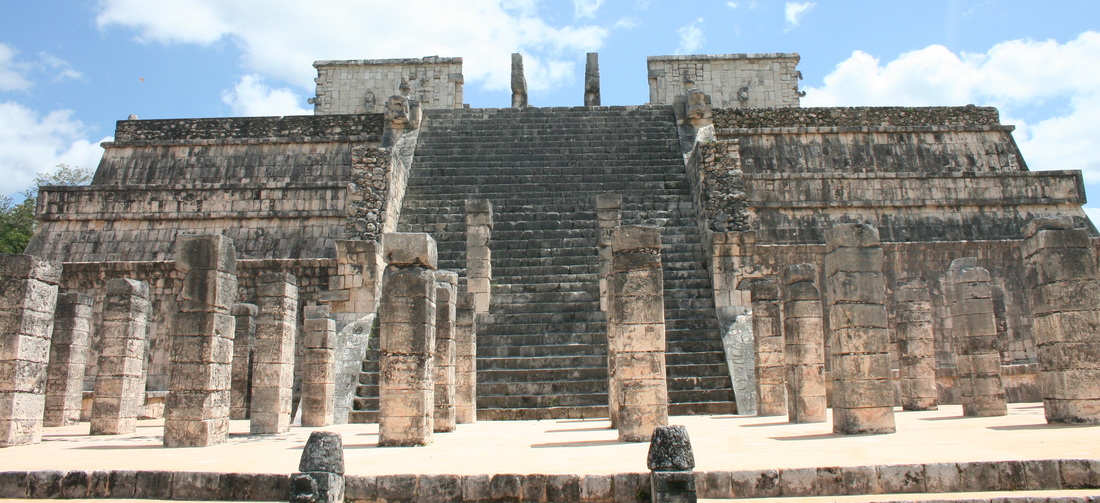
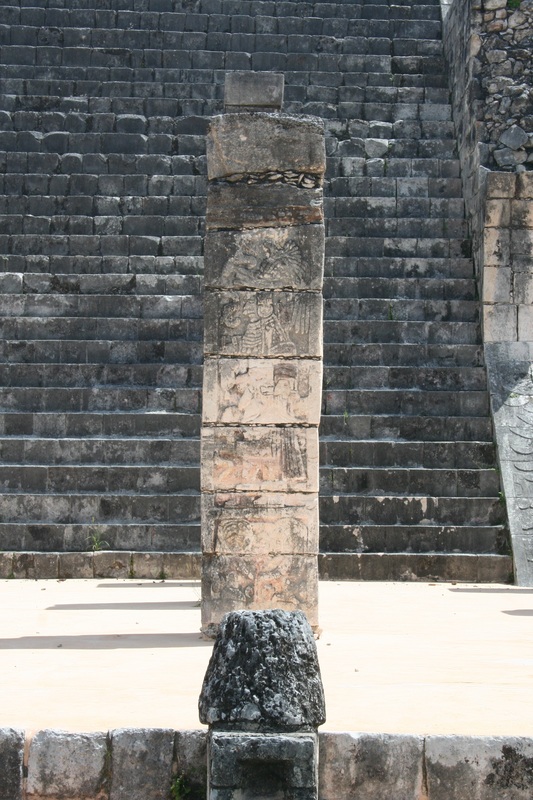
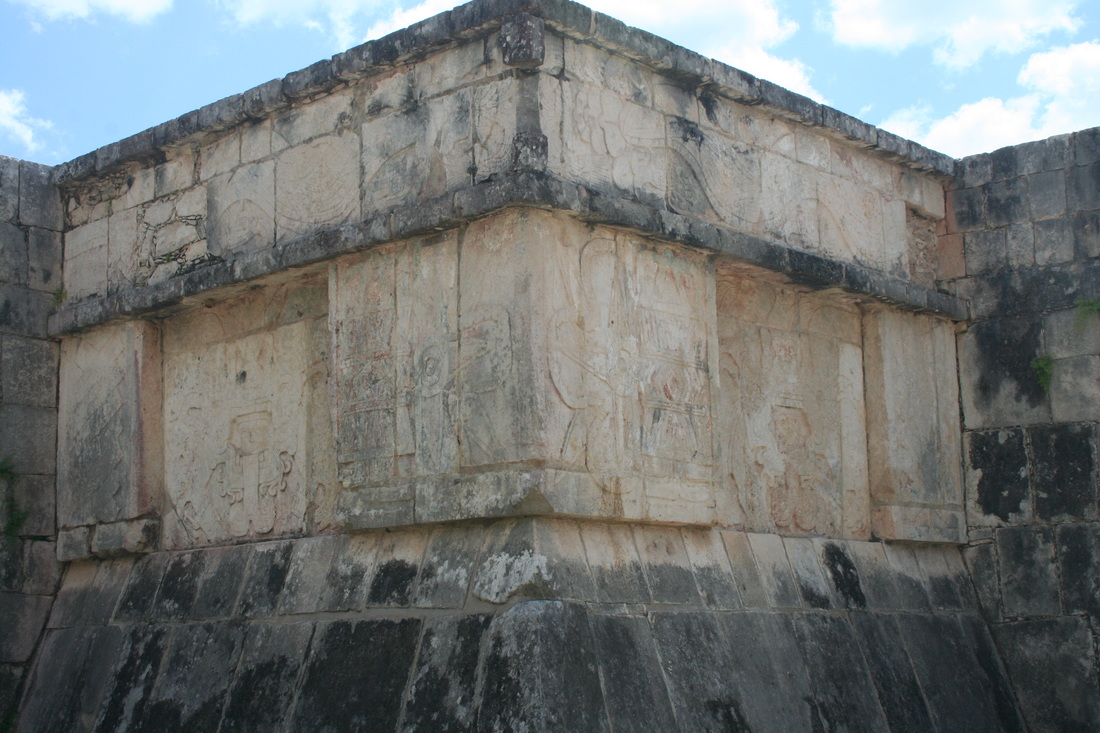


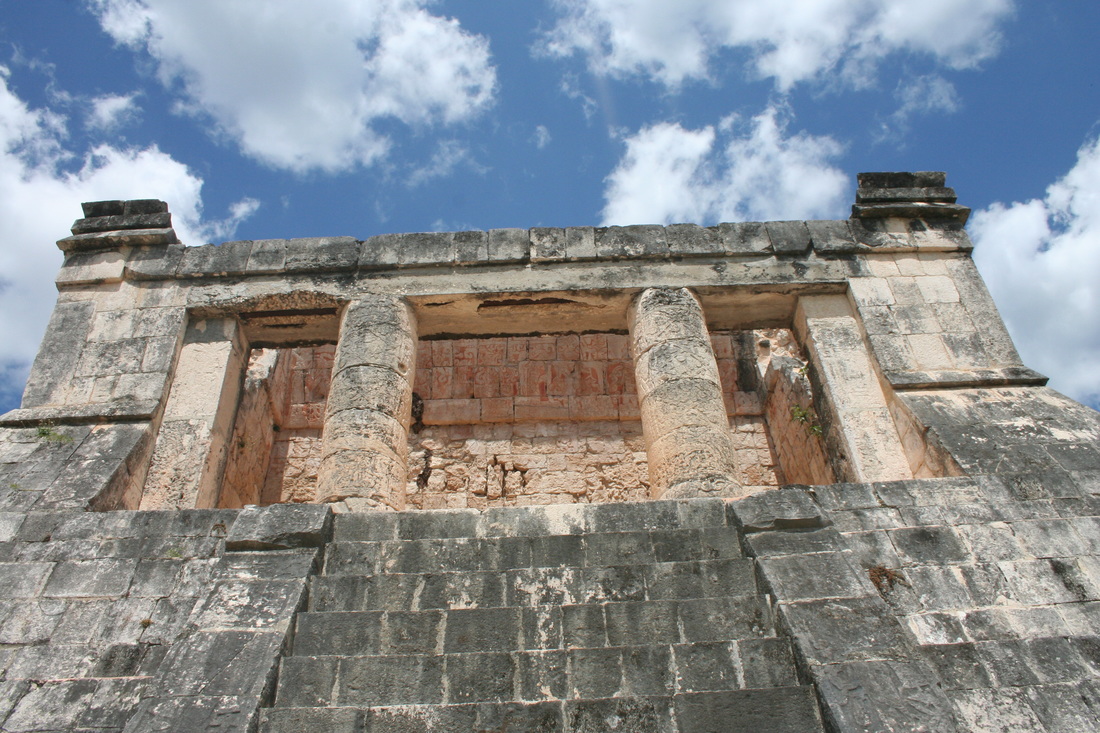
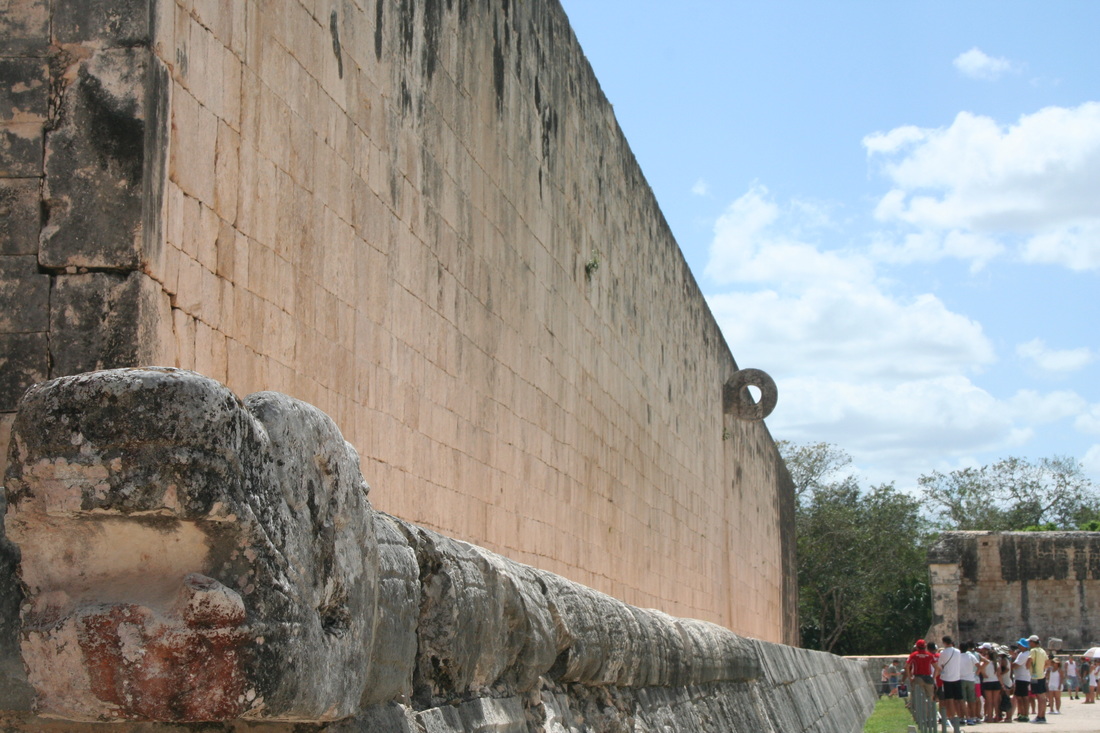
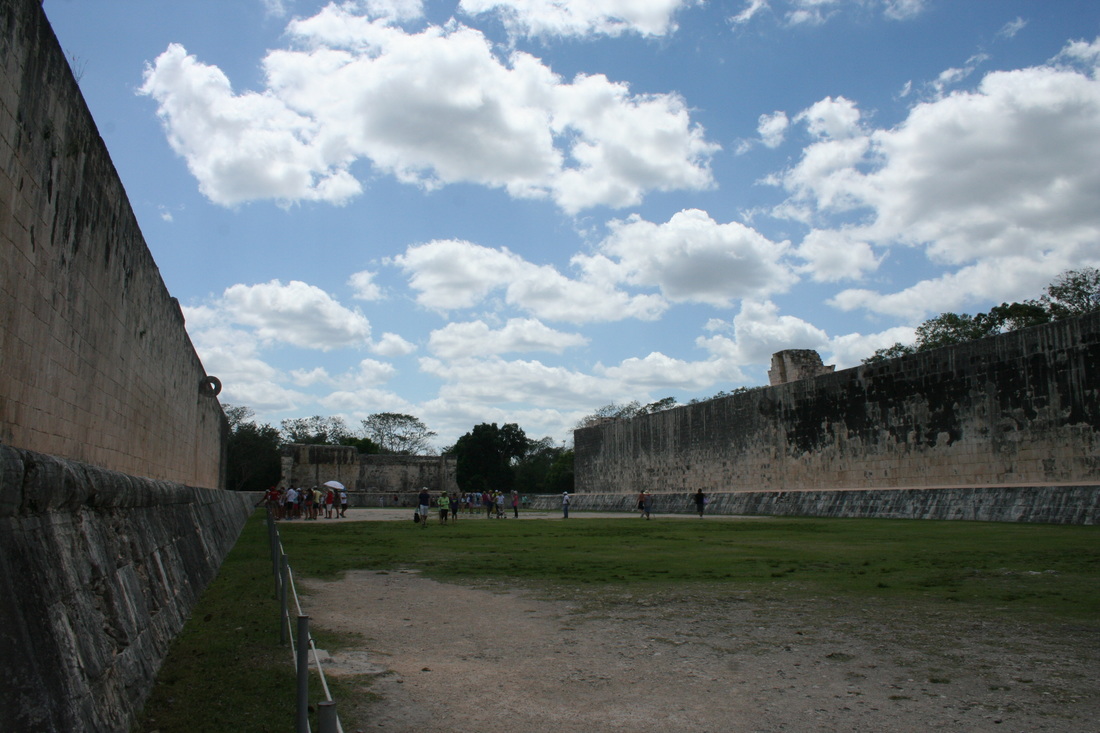
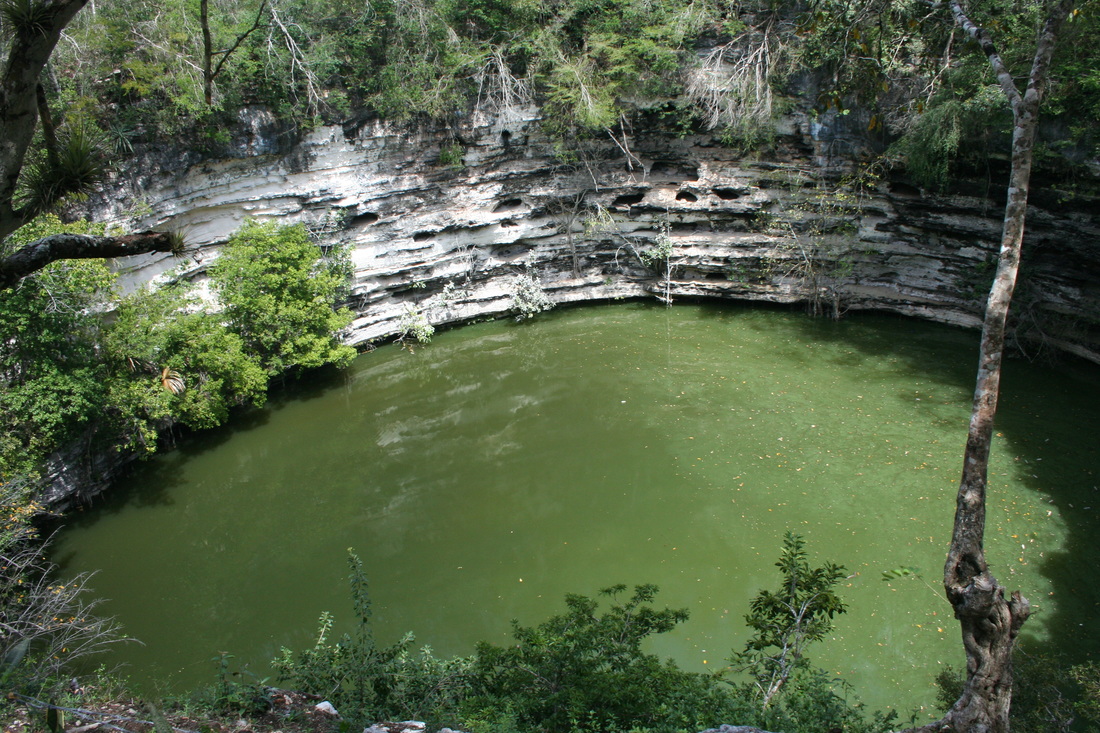
 RSS Feed
RSS Feed